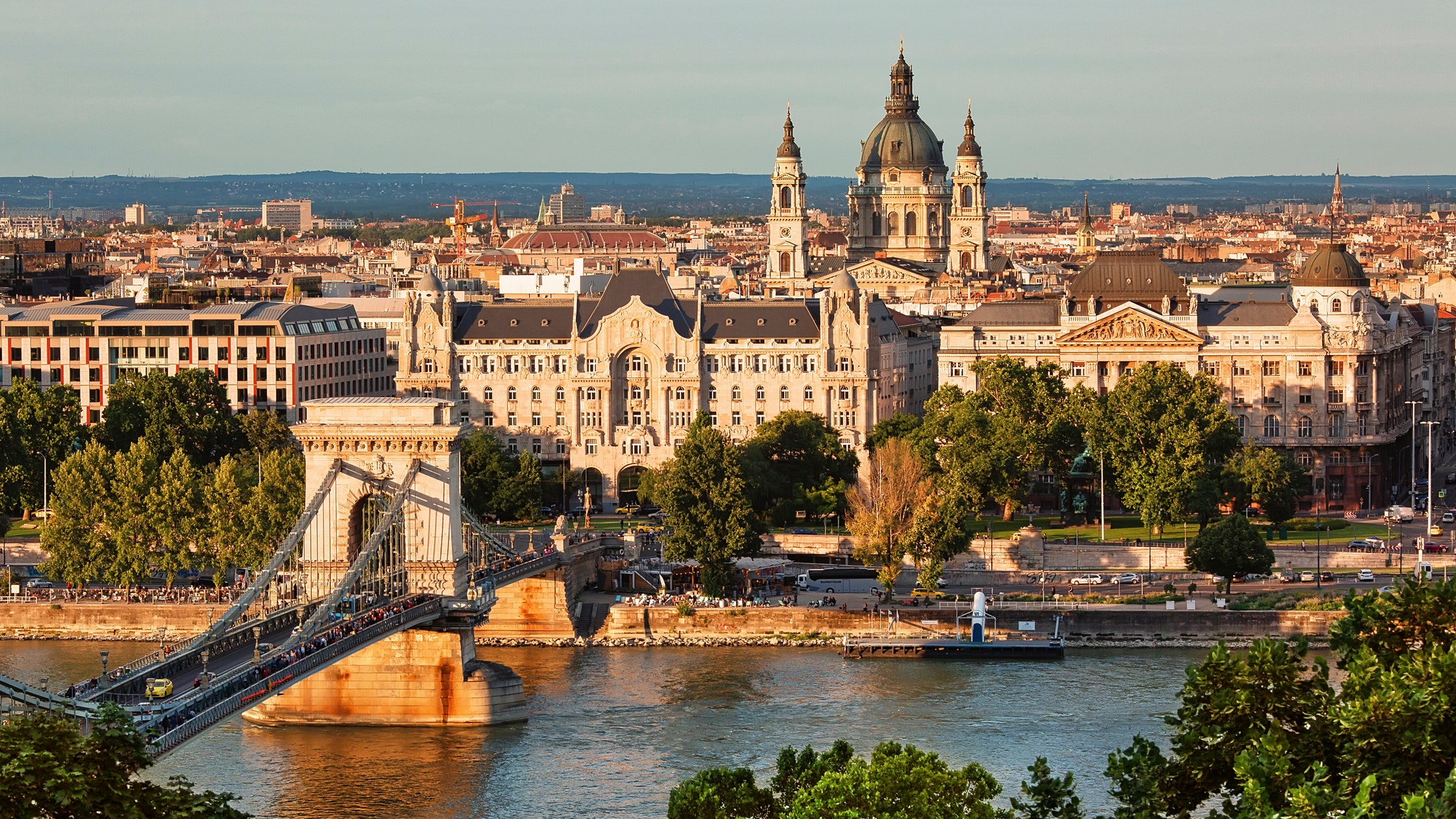Thermal Baths of Budapest: A Healing Experience
Budapest’s plentiful thermal springs gush mineral-laden waters that are both a geological wonder and an invitation to partake in restorative, distinctly Hungarian rituals. The City of Baths, also known for its vibrant ruin bars, has for centuries beckoned travelers with a salve for their ailments. Moreover, beyond their purported curative powers, these historic bathhouses mesmerize with a transportive Old-World ambience – balmy pools backdropped by splendid architecture create soothing interludes in Baroque, Art Nouveau, and Renaissance-Revival settings.
The Rich History Behind Budapest’s Baths
Before the grand baths of Budapest were erected, the Eravisci tribe stumbled upon the area’s coveted bubbling springs in the fourth century BC. Later, Roman emperor Marcus Aurelius, awestruck by how rapidly the waters healed his wounded soldiers, introduced today’s bathing culture to what is now the Óbuda district. The Ottomans, who invaded in the 16th century, enthusiastically took to the waters, creating timeless beauties such as the Rudas and Veli Bej baths that remain popular today. Consequently, the Hapsburgs made this comforting practice their own, captivating locals with the striking labyrinthine Széchenyi and Gellért complexes that continue to draw visitors from all over the world.
Why You Should Visit the Thermal Baths
While winter is a magical time to enjoy the baths and float alfresco amid rising steam, summer is equally enthralling thanks to cooler pools offering invigorating blasts of icy water to refresh locals and visitors alike. Breezy mornings provide ideal privacy before the heat mounts, creating an atmosphere reminiscent of a carefree summer camp. The baths embody a duality of sanctuary and playground unique to Budapest.
Bathing Culture in Budapest
Early mornings attract many who wish to enjoy the serene environment alone. Notably, Margaret de Heinrich de Omorovicza, a notable figure in the Hungarian skincare industry, relishes settling in at Rudas Thermal Bath. Her past experiences as a U.S. diplomat in Budapest, coupled with a deep appreciation for the city’s baths, highlight the communal aspect of this cultural tradition.
Exploring Iconic Bathhouses
Széchenyi is undoubtedly the most tourist-centric bath in Pest’s City Park, yet it remains an unmissable experience. To truly enjoy its beauty, arrive early to soak in the stunning Baroque Revival architecture built in 1913, featuring a sprawling outdoor pool complete with pulsating jets.
Located in Buda, the Gellért Bath is another jewel, part of the under-renovation Art Nouveau Hotel Gellért. Visitors can enjoy the monumental swimming pool crowned with a glass roof and the thermal pools surrounded by inviting lion heads spurting water.
Family-Friendly Bath Experiences
Particularly fitting for summer enjoyment are the Palatinus Strand Baths. This fixture on leafy Margaret Island has offered boisterous, family-friendly pools since 1919. Similarly, Dagály features open-air baths that locals adore, providing a place to retreat after staying active in the water.
Finding Tranquility in Budapest
For those seeking a dose of Zen without the crowds, AWAY Spa in W Budapest welcomes guests with refreshing grapefruit-ginger juice. Its relaxation pool, nestled underneath a vaulted ceiling, invites visitors to unwind in a serene environment.
Conclusion
Budapest’s thermal baths offer a unique blend of history, relaxation, and cultural richness. Whether you’re soaking in the Széchenyi or enjoying the family-friendly atmosphere at the Palatinus, each bathhouse presents its charm and restorative benefits. Remember to explore beyond the baths and immerse yourself in the breathtaking scenery, delicious cuisine, and vibrant lifestyle of Budapest, making for a truly unforgettable experience.




